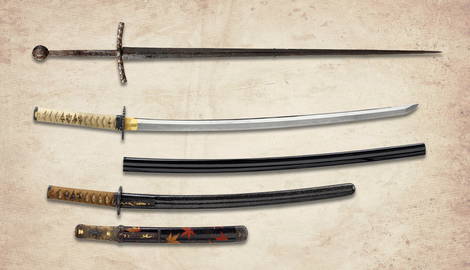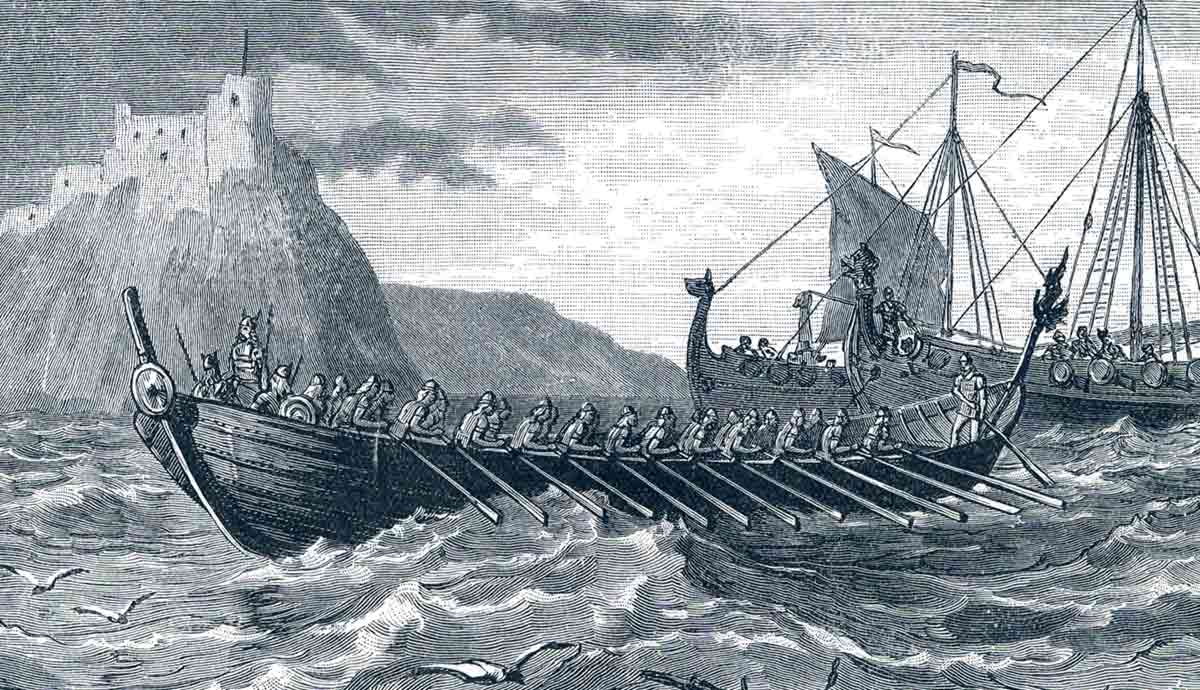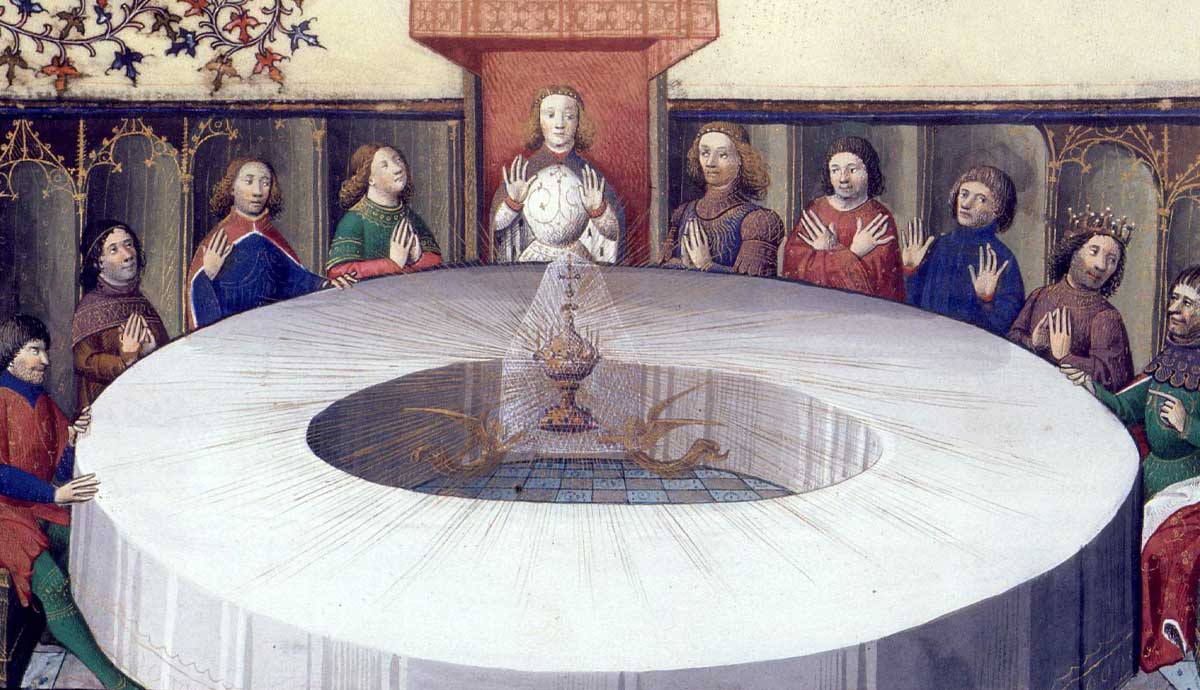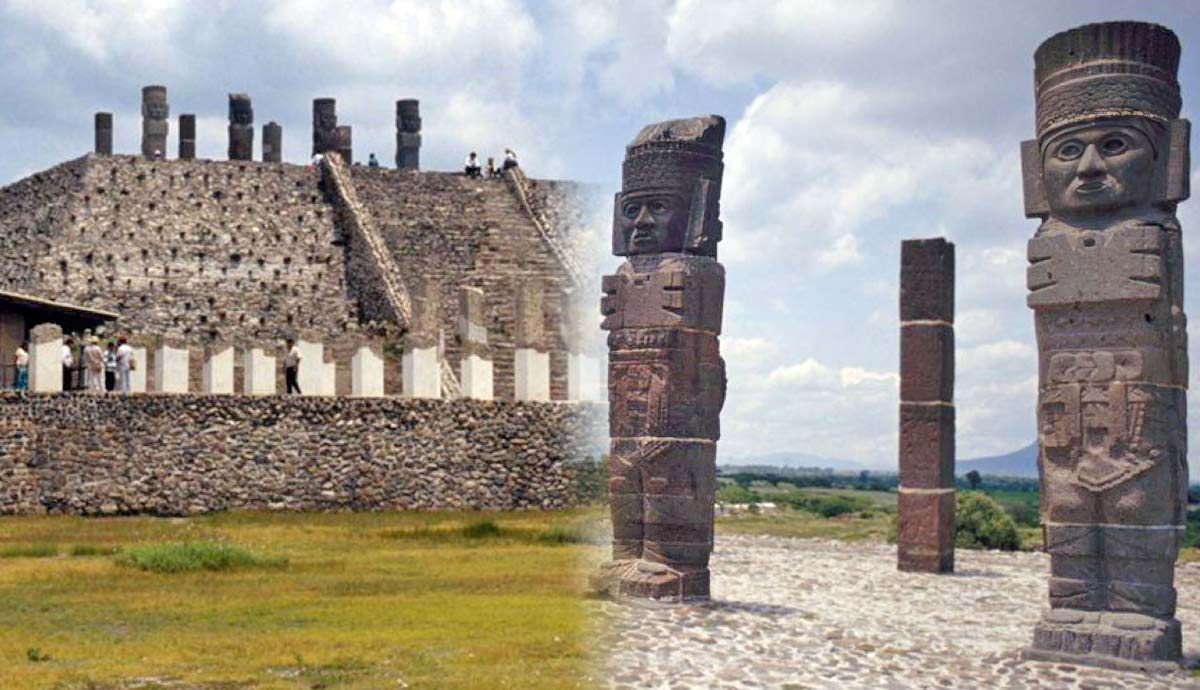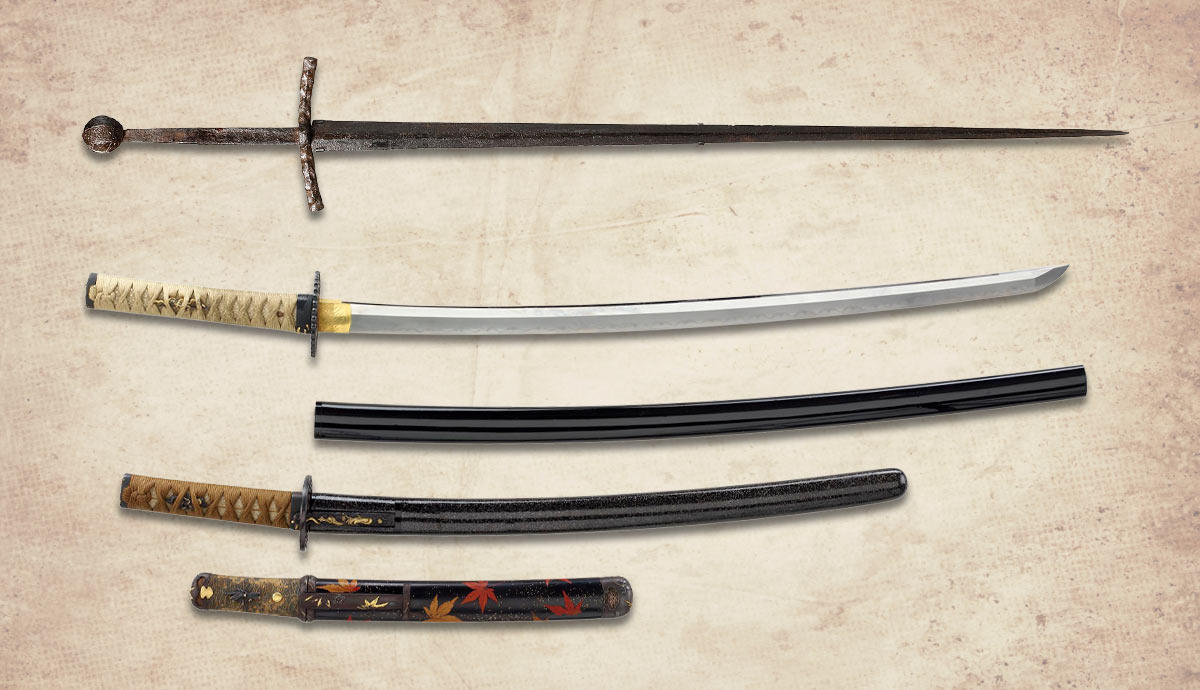
Among martial arts enthusiasts and certain internet circles, a fierce debate rages: between the knightly longsword and the Japanese katana, which is the better sword? Both two-handed swords were used by a warrior-noble class as their sidearm, both depicted at various times as the “ultimate” close combat weapon. They were briefly contemporaries, albeit used by cultures on opposite sides of the known world.
Katana vs Longsword
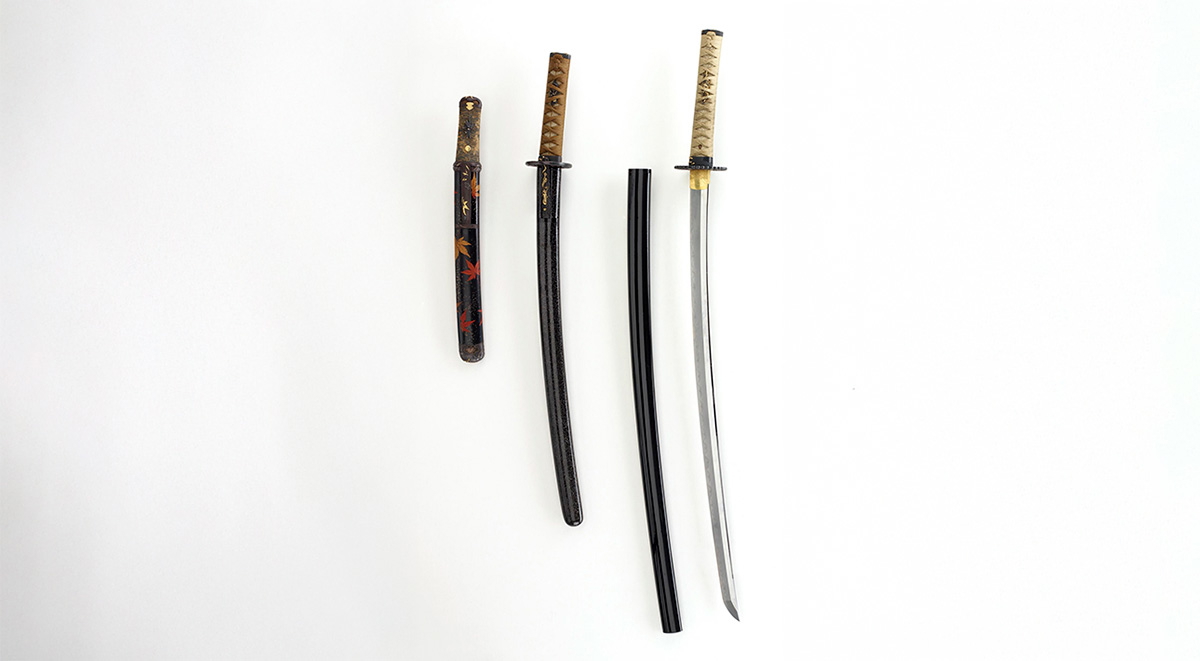
Despite these surface similarities, the two weapons are intended for use in different contexts, and comparing them can be a case of apples and oranges. We can analyze the tendencies of each sword, but before we do so, let’s specify what type of longsword and katana we are using for comparison.
The katana, as we know it, made its widespread appearance in the 1300s after the Mongol invasions of Japan, and remained in use until the abolishment of the samurai class during the 1867 Meiji reforms. Our hypothetical katana for this discussion will be a 28-inch blade with tori-zori (centered) curvature and an o-kissaki (long tip) that was typical of the period. The longsword, meanwhile, saw its heyday in the 1300s and 1400s, and for our purposes, we’ll use a 36-inch Oakeshott XVIa-style blade. The hilts of both swords will measure 9 inches.
Context of Use
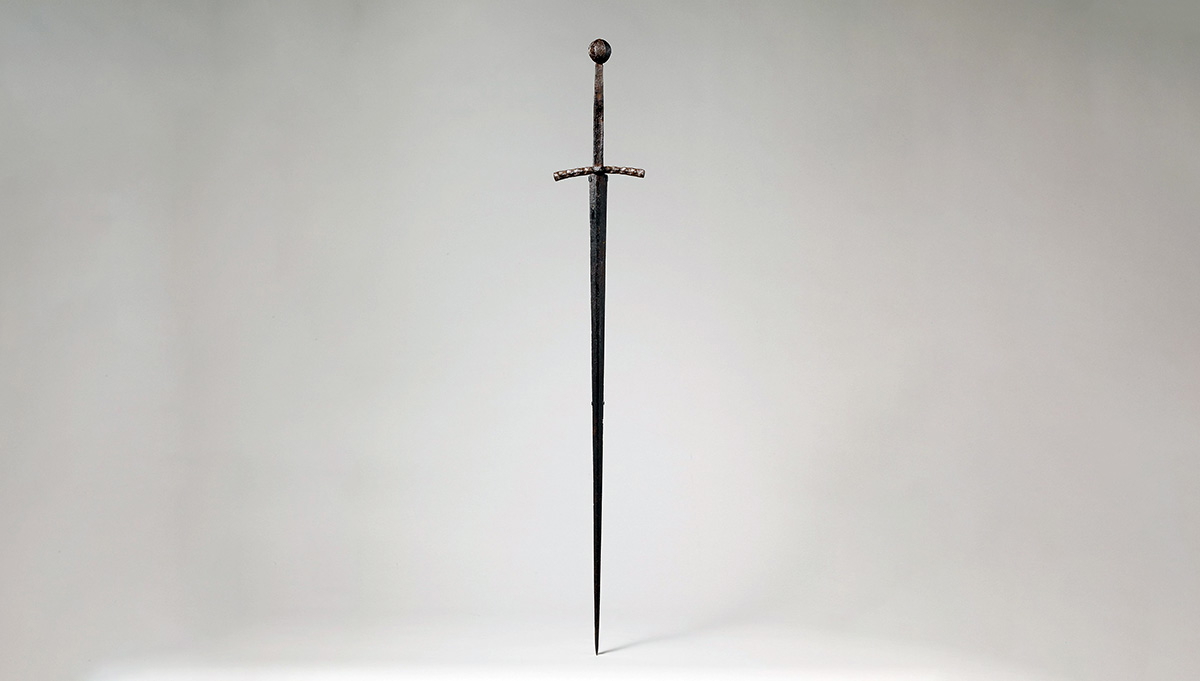
Various theories abound as to the evolution of the longsword, but one of the most prevailing ones is that it evolved from the single-handed knightly arming sword, with the extra length granting extra range and leverage. It was not often used as an everyday carry weapon, mainly being relegated to the role of sidearm during field engagements, but there were judicial duels in which the combatants would use long swords.
The katana, meanwhile, was one of the weapons carried every day by samurai as part of the set of daisho, or the katana and wakizashi. It was as much an indicator of status as it was a weapon. The shorter blade of the katana was derived from the earlier tachi, which was the long, deeply curved sword used on horseback. Worn edge-up in the obi, the katana was easy to draw and use in tight spaces at a second’s notice, and also saw some use on the battlefields of feudal Japan.
Cutting
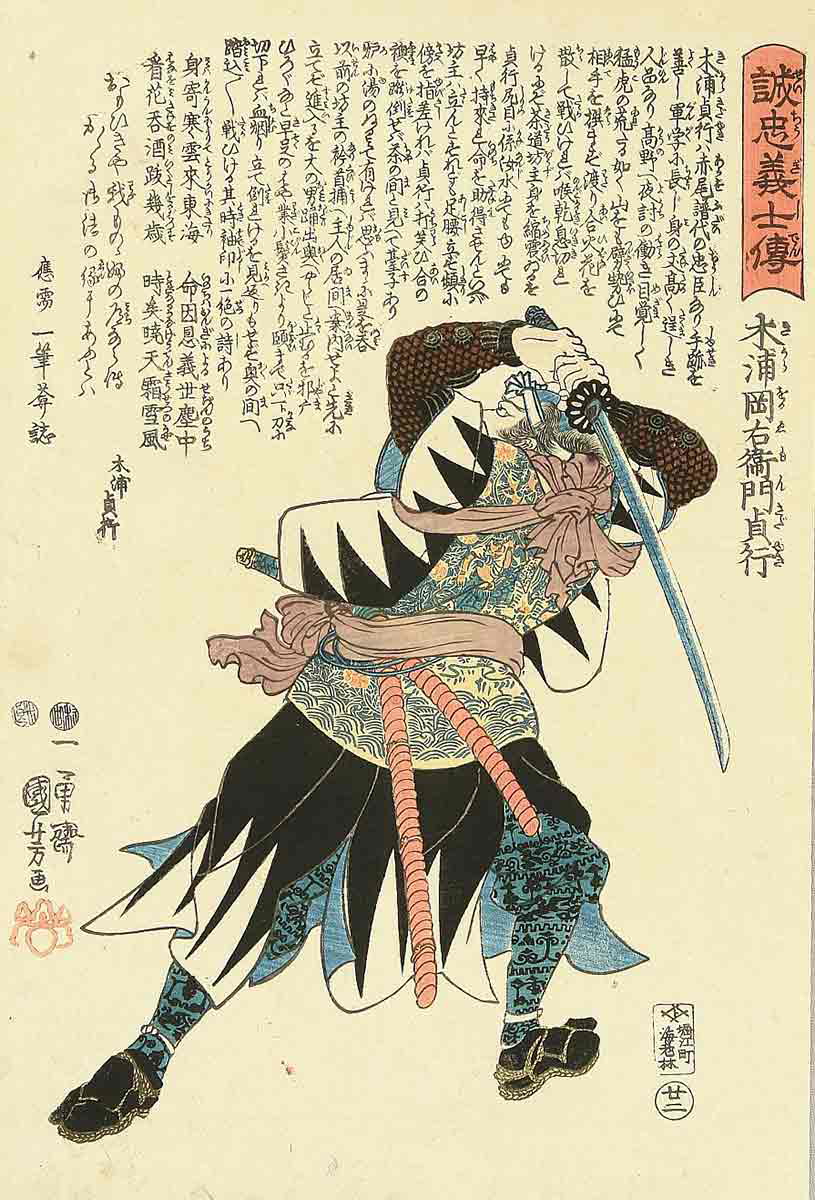
The longsword in question likely would have a hexagonal cross-section and a moderate profile taper starting from midway up the sword. This would provide a balance between cutting and thrusting ability and maintaining the sword’s rigidity, which is important especially when dealing with an armored foe. However, because it is straight, it has an inherent disadvantage when compared with a curved sword in the cut.
The katana, meanwhile, has a cross-section that is wedge-shaped with slightly rounded sides coming to the edge. The blade is sharpened to a razor’s edge all the way to the tip. The curvature of the katana means that the force of a cut is concentrated on a smaller area, and if you think of the sword as a combination of a wedge and a lever, you can understand that the wider base of a wedge transfers more energy than a narrower one. Moreover, the katana is noticeably tip-heavy, and the ideal cutting portion of a katana’s blade is near the tip. This means that yet more momentum carries through the sword when wielded properly.
Thrusting
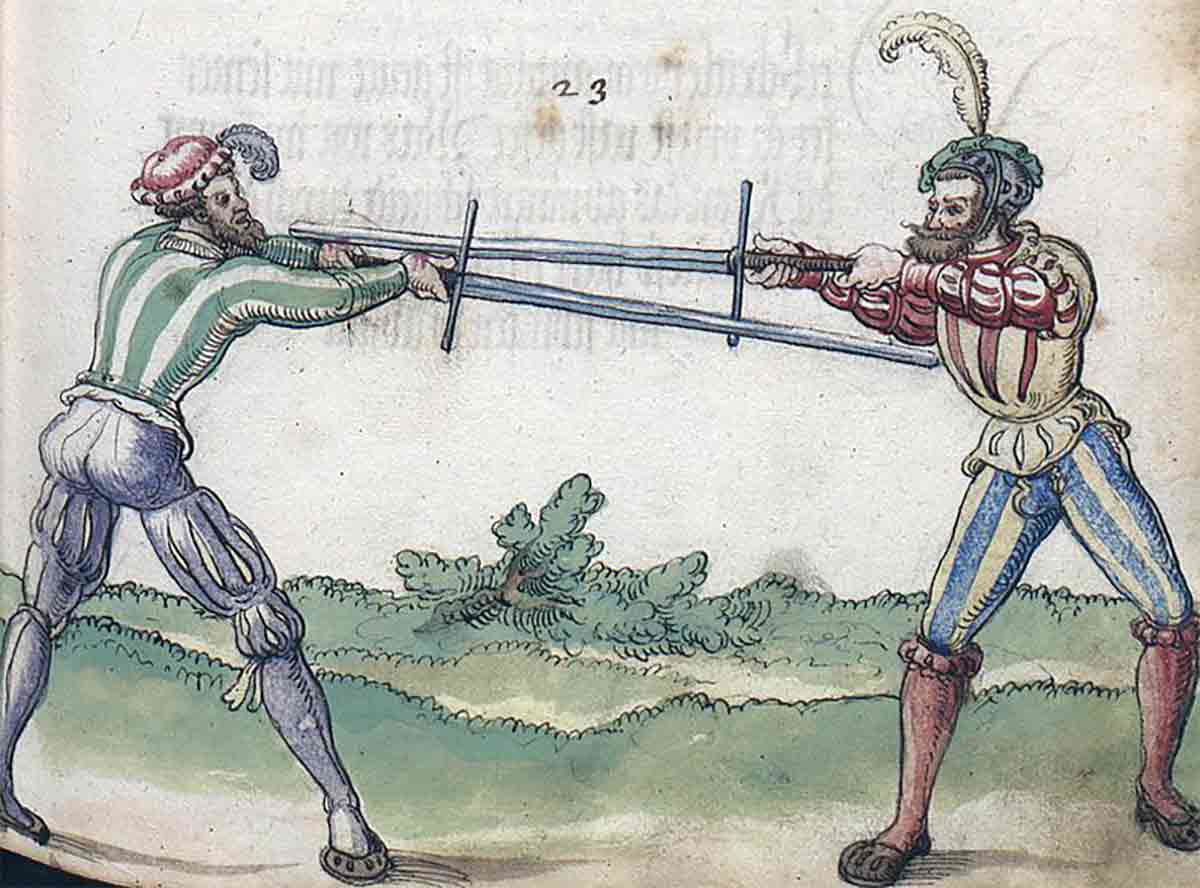
The narrower, more tapered point of the longsword, along with the straightness of the blade, allows the wielder to thrust more effectively because of the momentum of the sword’s mass, and the kinetic chain of the body will be lined up directly behind the tip. It is thinner and more likely to flex than the katana, but half-sword techniques help to stiffen the sword and to provide more leverage and control. When dealing with the gaps in plate armor, this tactic was an essential tool.
Meanwhile, the katana has an almost chisel-like tip in comparison. It is therefore stiffer in the thrust. The kissaki, designed to be longer and narrower than average, is better suited for armored combat, but it is more of an extension of the edge, designed for shallower snipping cuts if that part of the sword made contact.
Versatility
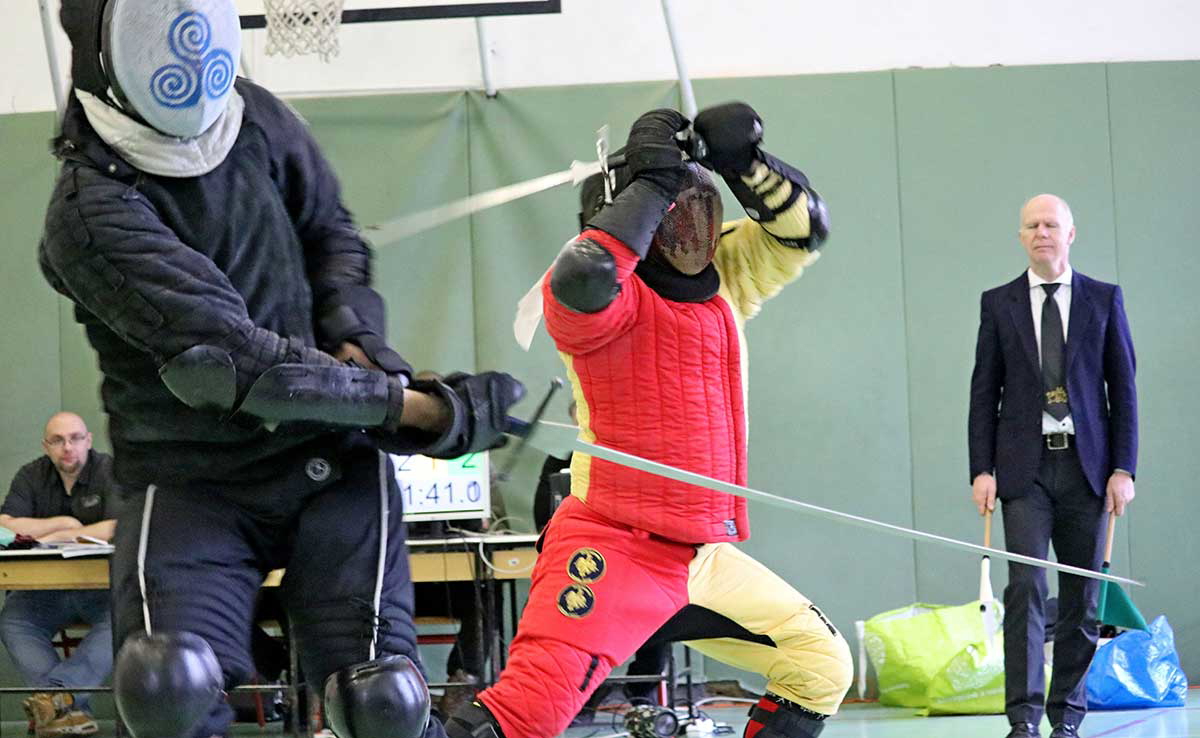
The myth of a longsword being a glorified metal club has largely been dispelled in recent years thanks to the spread of HEMA (historical European martial arts). The presence of the pommel counterbalances the extra length and serves as a bludgeoning implement, while the crossguard protects the wielder’s hands and can also be used to strike the foe.
Using the half-sword grip, wherein one hand remains on the hilt and the other grasps the blade halfway, lets the longsword become a lever that can be used to trap, throw, or restrain an enemy. Grasping the blade with both hands turns the sword into a makeshift warhammer. The longsword, being double-edged, has the advantage of false-edge cuts. If one needs to cut at an upward angle, they can simply lift the sword along its previous path without needing to turn the wrists.
The katana is mostly used as a single-edged cutting weapon for infantry or cavalry engagements. That being said, half-sword techniques exist, but rather than gripping the blade, the user braces their palm against the spine to add leverage to a cut or a parry. Some pommel strikes exist, as well as trapping an enemy’s sword on the inside of the curve. Where the katana excels is in quick-draw cutting. It is short enough to clear the saya with ease, and the curve follows the natural movement of the arm.
Ease of Use
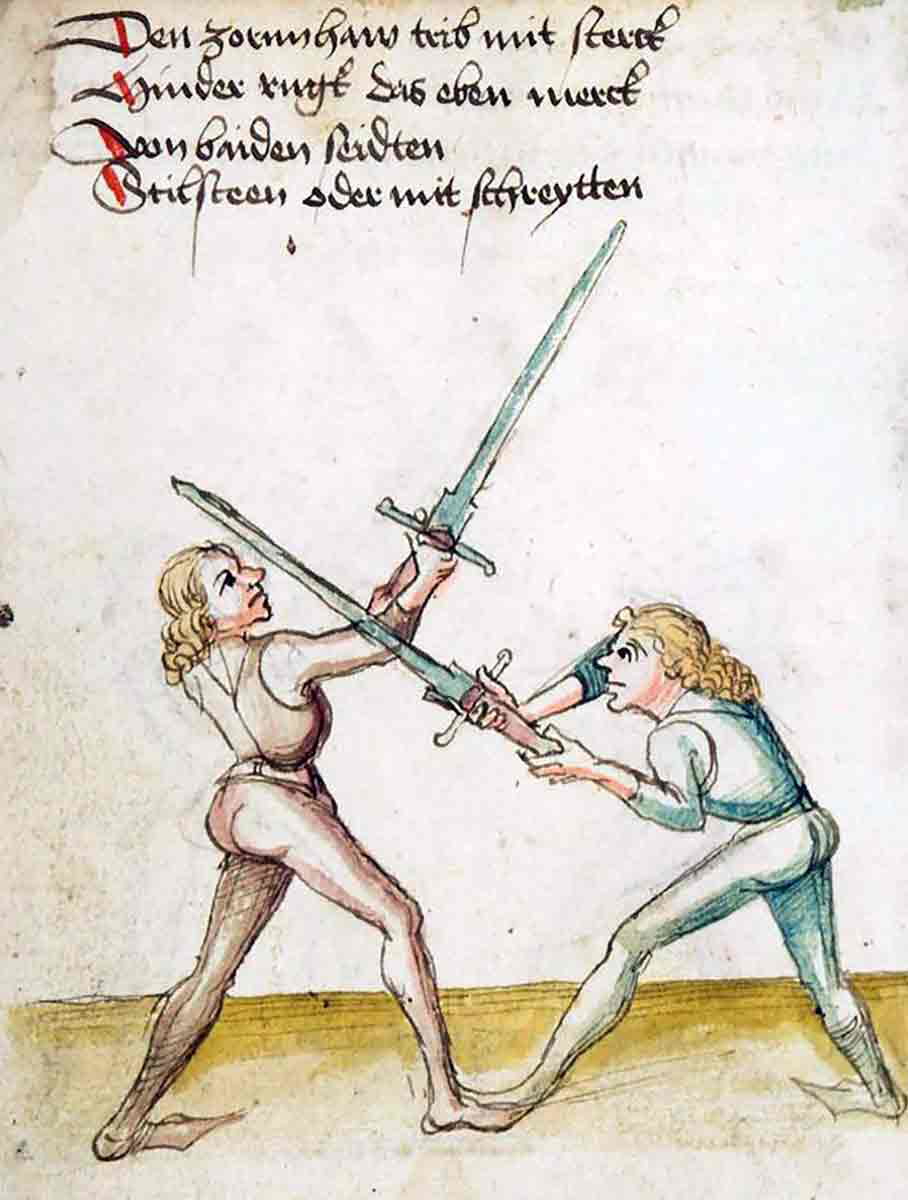
Although the longsword is heavier than the katana, it does not feel as heavy because the pommel counterbalances the blade (which, remember, is tapered to a thin point) and makes it more controllable and nimble than you might expect from initial appearance. However, it is thinner, therefore less forgiving of poor edge alignment: the edge must be in line with the direction the sword is moving to perform a proper cut, or the impact will damage the sword. The typical hewing cut of a longsword involves the wielder using something resembling a throwing or punching motion with the dominant arm, and pulling on the pommel to create a snap at the end of the cut, bringing the point on line with the target. The Zornhau (Wrath Hew) in German longsword exemplifies this motion and is described as the motion that comes easiest to a “wrathful” person.
The katana, by contrast, feels more tip-heavy despite being lighter overall than the longsword, but its thicker spine adds more mass behind the cut and helps to self-correct poor edge alignment, but only to an extent. The proper technique to cutting with a katana is similar at first glance, but it involves more rotation of the hips and torso and snapping the wrists out to full extension at the apex of the cut’s arc, twisting both wrists inward to stop the sword instead of carrying it through.
Is There an Overall Better Sword?
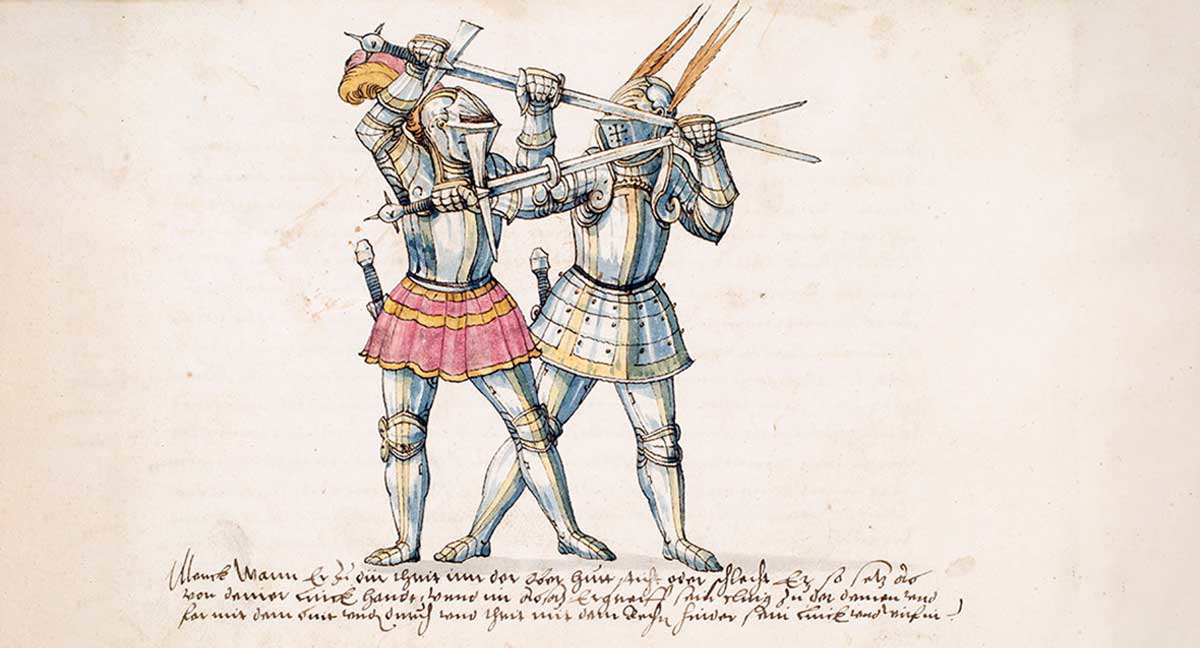
Now that we’ve compared the two weapons, is there an unquestionably better one? Short answer: no.
Long answer: each sword is designed for the best possible use in its specific context—if it didn’t work well, it would not have been used. Each weapon has its pros and cons, as outlined above. In a more battlefield-oriented scenario where one would likely face heavy armor, the longsword will have more of an advantage. Against lighter armor or in close quarters, this same advantage will likely go to the katana.
It also depends on the dimensions of the person in question: a shorter person might find a katana easier to wield than a longsword, and vice versa for a taller person. Ultimately, the better sword between these two iconic weapons is a matter of the specific circumstances and personal preference.
